An epoxy resin sword blends creativity with hands-on skill. You get to design something unique that stands out as a display prop or costume piece.
You make a sword from resin using molds, pigments, and finishing tricks that bring out color and detail. This kind of project lets you play with shapes, textures, and even add things inside the blade, so every sword is different.
When you start working with resin, you get endless options for design. Maybe you want a clear blade with shimmer, a fantasy handle, or a copy of a game weapon.
It takes patience and the right tools, but you control every detail.
What Is an Epoxy Resin Sword?

An epoxy resin sword is a prop or decorative piece you make by casting resin into a blade and handle shape. People often mix resin with wood, metal, or LEDs for more strength and cool effects.
Key Features and Benefits
Epoxy resin gives you a clear, tough surface that takes on pigments, dyes, or powders. You can make blades that look like crystal, ice, or even glowing energy.
It’s easy to add glitter, stones, or small objects inside the resin for extra flair. These swords are much lighter than real metal ones and safer for cosplay or display.
If you want the blade to be sturdier, add a core like a fiberglass rod or aluminum tube. This keeps it from bending or snapping when you pick it up.
Benefits include:
- Customization: Tons of colors and finishes to pick from.
- Durability: Stands up to chips and scratches if you cure it right.
- Lightweight: Easier to carry than heavy metal props.
- Versatility: You can add LEDs or glow powders for neat effects.
Epoxy resin polishes up to a shiny finish, which makes your sword look sharp and professional.
Popular Uses and Display Ideas
People love epoxy resin swords for cosplay since they look like fantasy weapons but aren’t heavy or dangerous. You can match video game or anime swords, or invent your own style.
They also make great display pieces. Some folks hang them on wall racks, while others use stands to show them off like art.
If you want to get creative, add glow-in-the-dark pigments or LED strips inside the blade. That way, the sword pops in low light, which is perfect for conventions or parties.
Casting layers of resin lets you make effects like galaxies or flames inside the blade. No matter how you use it, an epoxy resin sword shows off your craft and imagination.
Starting with resin can feel overwhelming, but the basics are simple. Learn more by reading our guide Resin Casting Basics: Everything Newbies Need To Know.
Essential Materials and Tools

To make a resin sword, focus on picking the right epoxy, finding a good mold, and having the tools to cut, sand, and finish your sword. Each choice changes how strong, good-looking, and safe your project turns out.
Choosing the Right Epoxy Resin
Pick an epoxy resin that cures clear and stands up to sanding and polishing. Two-part epoxies (resin and hardener) are best since they set up strong and solid.
If you want to add pigments or embed objects, go for a formula with a longer working time. Fast-curing resins can trap bubbles and make the blade look cloudy, so stick with slow-cure types for a smoother finish.
For swords, always use casting resin, not surface coating resin. Casting resin is made for thick pours, which you need for a blade.
Selecting Molds and Blanks
The mold shapes your sword, so it needs to be sturdy and heat-resistant. Silicone molds work well because you can bend them to pop the sword out.
For custom shapes, build a blank from foam, wood, or 3D-printed parts and cover it before pouring resin. If you want a straight blade, reinforce your mold to stop warping—clamps or a support frame help a lot.
Some people mix resin with body filler (called “Rondo”) for a thicker, heavier blade. This makes the sword feel more solid.
Recommended Tools for Crafting
After the resin cures, you’ll need tools to finish the sword. A rotary tool works great for sanding, cutting details, and polishing.
Files, sandpaper, and clamps are also important. Files help shape edges, and clamps hold parts steady when you glue or cure them.
Keep epoxy glue around for handles or guards. Use a drill to make holes for pins or decorations. Always wear gloves, goggles, and a mask to stay safe from resin dust and fumes.
Color transforms resin into something truly unique. To explore fun techniques, don’t miss our article, Coloring Resin: Techniques for Vibrant DIY Crafts.
Designing Your Sword
When you design an epoxy resin sword, think about how it looks and feels. Blade shape changes the balance and style, while the hilt and guard change how it fits in your hand.
Planning Blade Shape and Size
Sketch your blade on paper or a computer first. This helps you avoid mistakes when you cut or pour the mold.
Pick between a straight, double-edged blade or a curved, single-edged one. Keep blade length in mind—a long blade looks cool but gets heavy and tricky to handle. Shorter blades are easier and safer.
Use simple measurements as a guide. For example:
|
Blade Type |
Average Length |
Notes |
|
Short Sword |
18–24 in |
Easier to mold and polish |
|
Long Sword |
28–36 in |
Needs stronger mold support |
|
Fantasy Blade |
Varies |
Focus on visual impact |
Make the edges a bit thicker in your mold. Thin resin edges break easily. You can always sand the shape down after the resin sets.
Customizing the Hilt and Guard
The hilt is your chance to add comfort and style. Decide if you want a plain grip or something fancy with patterns, colors, or things embedded in it.
Wrapping the grip in cord, leather, or even resin-coated fabric makes it easier to hold. The guard protects your hand and adds flair, too.
You can cast the guard in resin, carve it from wood, or shape it with clay. Wide guards look bold, but slim ones feel sleek.
Balance matters. A heavier hilt can even out a long blade. With a short blade, a lighter hilt keeps things even.
Try adding glow powder, metallic flakes, or colored resin in the hilt to make it pop. Sometimes, small details make the biggest difference.
Sometimes you’ll want to add holes or hardware to your resin pieces. For safe methods, check out our article: Can You Drill Into Epoxy Resin Safely and Easily?
Step-by-Step Crafting Process
Set up a clean mold, mix your resin right, and let it cure long enough. Each step changes how strong and smooth your sword turns out.
Preparing the Mold and Workspace
Pick a mold that matches your sword’s size and shape. Silicone molds are easiest to use since they let go of resin without a fight.
For custom designs, 3D print your mold or build one from wood and line it with something non-stick. Clean the mold before you start—dust or dirt will stick to the resin and mess up your finish.
Wipe the mold with a lint-free cloth and let it dry. Work in a spot with good airflow, since epoxy resin can smell strong while curing.
Wear gloves, safety glasses, and a mask. Put down plastic or parchment to protect your table from spills.
Keep all your tools close. You’ll want mixing cups, stir sticks, clamps, and a scale for measuring. Being organized makes everything easier.
Mixing and Pouring Epoxy Resin
Measure the resin and hardener by the instructions on your product. Most use a 1:1 or 2:1 ratio. Get the mix right—if you mess up, the resin might stay sticky or soft.
Pour both parts into a cup and stir slowly for at least 3 minutes. Scrape the sides and bottom so it all blends. Stirring too fast brings in bubbles, and nobody wants those in their sword.
Add your color or glow powder now, if you want. Mix until the color looks even.
Pour the resin into the mold in a thin stream. Go slow to keep bubbles out. Use a heat gun or torch to pop bubbles on the surface after pouring. Fill the mold all the way, making sure resin gets into every corner.
Curing and Demolding
Leave the mold flat and don’t touch it while it cures. Most resins need 24–72 hours to set, depending on the brand and room temp.
Check the surface after the recommended time. If it feels sticky, wait longer. Don’t rush this—if you do, the sword can get dents or turn out weak.
When it’s hard, carefully take the sword out of the mold. If it’s silicone, flex it to loosen the piece. For hard molds, use a release agent before pouring.
Sand the edges with fine sandpaper to smooth them out. Polish with resin polish or clear coat spray for a glossy finish. This last step makes your sword look clean and finished.
Heat tools can solve common resin issues and boost creativity. Discover smart tricks by reading our piece Heat Gun Uses: Tips for DIY, Repairs, and Crafts.
Finishing and Detailing Techniques
A smooth surface and sharp details help your resin sword look realistic and last longer. Sanding, polishing, and painting bring out the final look and protect from scratches.
Sanding and Polishing with a Dremel
Start by sanding down any uneven spots or sharp edges from the casting process. A Dremel rotary tool is great for this—you get good control over small areas.
Use sanding drums or fine grinding bits to take out bumps. Don’t dig too deep; just smooth the rough spots.
After shaping, grab some wet sandpaper in grits from 400 to 2000. Work in stages and keep the surface damp. That cuts down on dust and scratches.
This step gives you a smooth base for polishing.
When you’re done sanding, put a felt polishing wheel on your Dremel. Add a little plastic or resin polish and run the tool at medium speed.
Keep the wheel moving so you don’t burn the resin.
Finish up with a microfiber cloth and buff the surface by hand. This removes haze and brings out a clear, glassy shine.
Painting and Adding Effects
After polishing, you can paint the sword to highlight details and make it look real. Start with a primer coat so the paint sticks to the resin. Lightly sand with fine grit paper before priming for better paint adhesion.
For a metallic blade, use silver spray paint or chrome-effect paint. Do several thin coats, not one heavy one, to avoid drips.
Mask off the hilt or other areas to keep the lines sharp. Add weathering effects with a black or brown wash. Lightly brush or sponge these into grooves for shadows and depth.
Metallic highlights on the edges can make it look worn, like it’s seen some action.
Seal everything with a clear coat—matte or glossy, your choice. This protects the paint and keeps the finish looking good.
Final Thoughts
Creating an epoxy resin sword is more than just a craft—it’s a way to bring your imagination to life. With resin, molds, and some creative flair, you can design a blade that’s clear, colorful, or filled with unique details that make it one of a kind.
While it won’t be a weapon, it will be a showpiece that sparks conversations and adds flair to your cosplay or display shelf. The process is simple once you know the steps, and the results are always impressive.
Ready to craft your own fantasy sword? Gather your supplies, let your creativity shine—and don’t forget to check out Resiners clear epoxy resin, resin equipment, and pigment powders to make your project truly stand out!
Adding lights to resin projects creates a magical effect. Get inspired by reading our article: Can You Put LED Lights in Epoxy Resin Projects?
Frequently Asked Questions
What's the best type of resin for crafting a sword?
Go with a clear casting epoxy resin. It cures slowly, so you get fewer bubbles and a glass-like finish.
Make sure the resin is made for thick pours so it works with a sword mold.
How do I create a mold for a full-sized sword?
Build a mold using silicone rubber or a two-part silicone kit. First, carve a sword model from wood, foam, or clay.
Then, pour silicone around it in a sturdy box frame to capture the shape.
Can you share some tips for casting a clear resin sword?
Work in a clean, dust-free space and mix your resin slowly to avoid bubbles. Use a heat gun or torch to pop surface bubbles after pouring.
If the sword is big, pour in layers and let each layer partially cure before adding the next.
What materials do I need for a DIY epoxy resin sword project?
You’ll need clear casting epoxy resin, a silicone mold, mixing cups, stir sticks, pigments or dyes, and safety gear like gloves and goggles.
A heat gun or torch helps with bubble removal. If you want more strength, add a metal or wooden core inside the mold.
Where can I find a comprehensive kit for making an epoxy resin sword?
You can grab resin starter kits online from craft shops, but most kits won't come with sword molds.
If you want to make a full sword, you'll probably need to pair a resin kit with a custom silicone mold.
Some makers post their mold designs on crafting forums or sell them on marketplaces. It's worth checking those out if you're hunting for something unique.

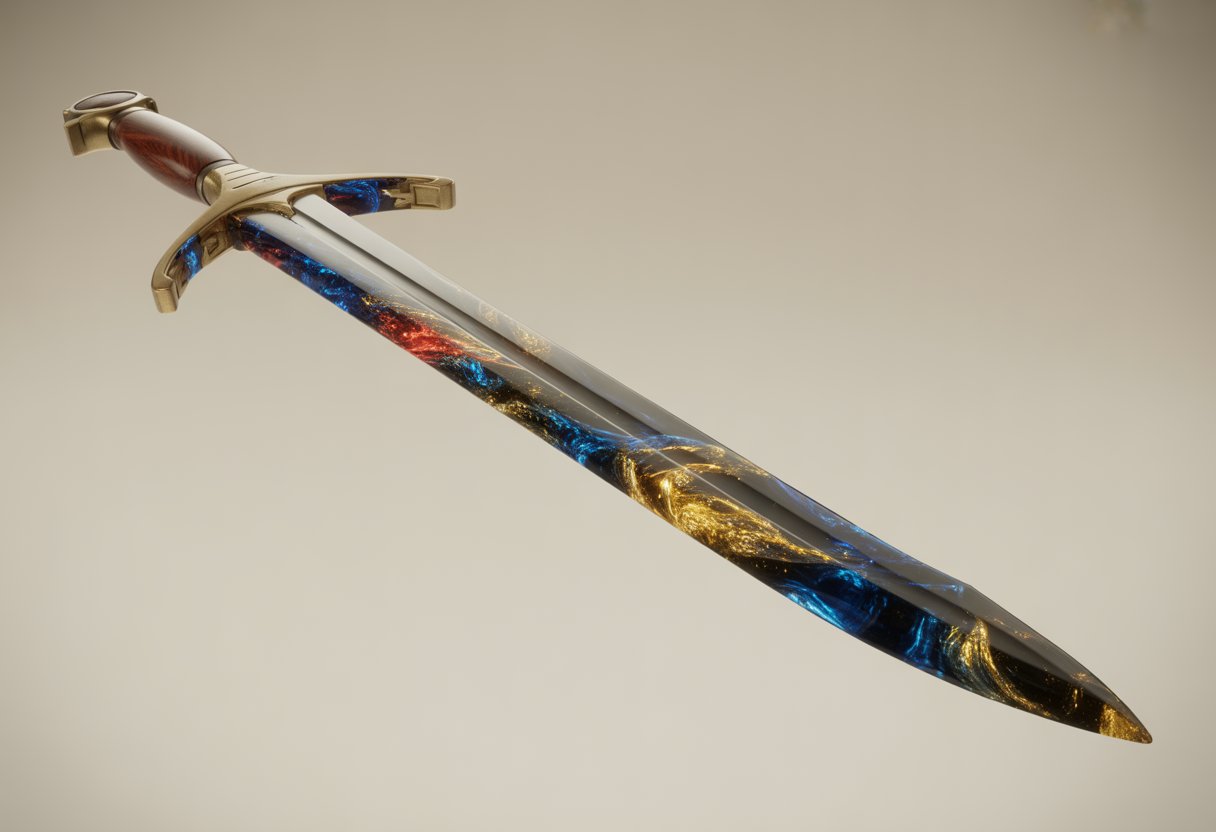
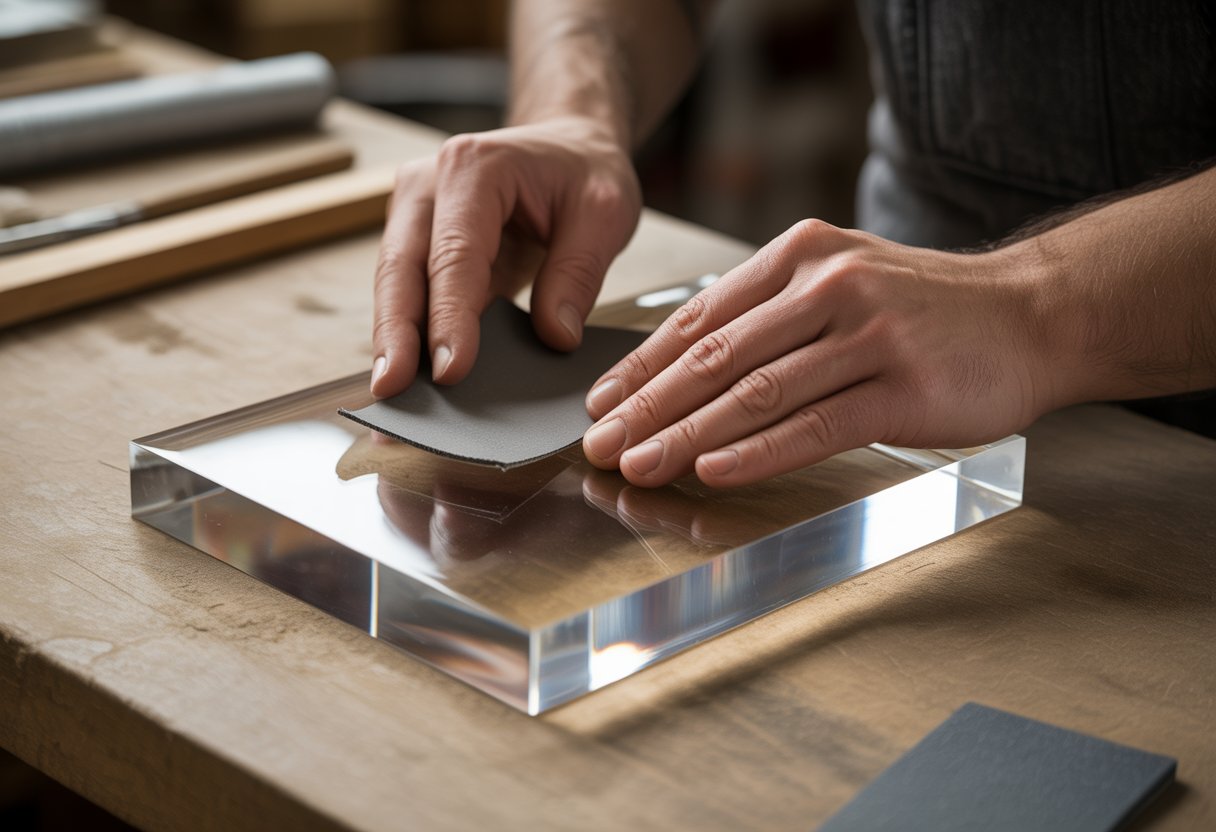

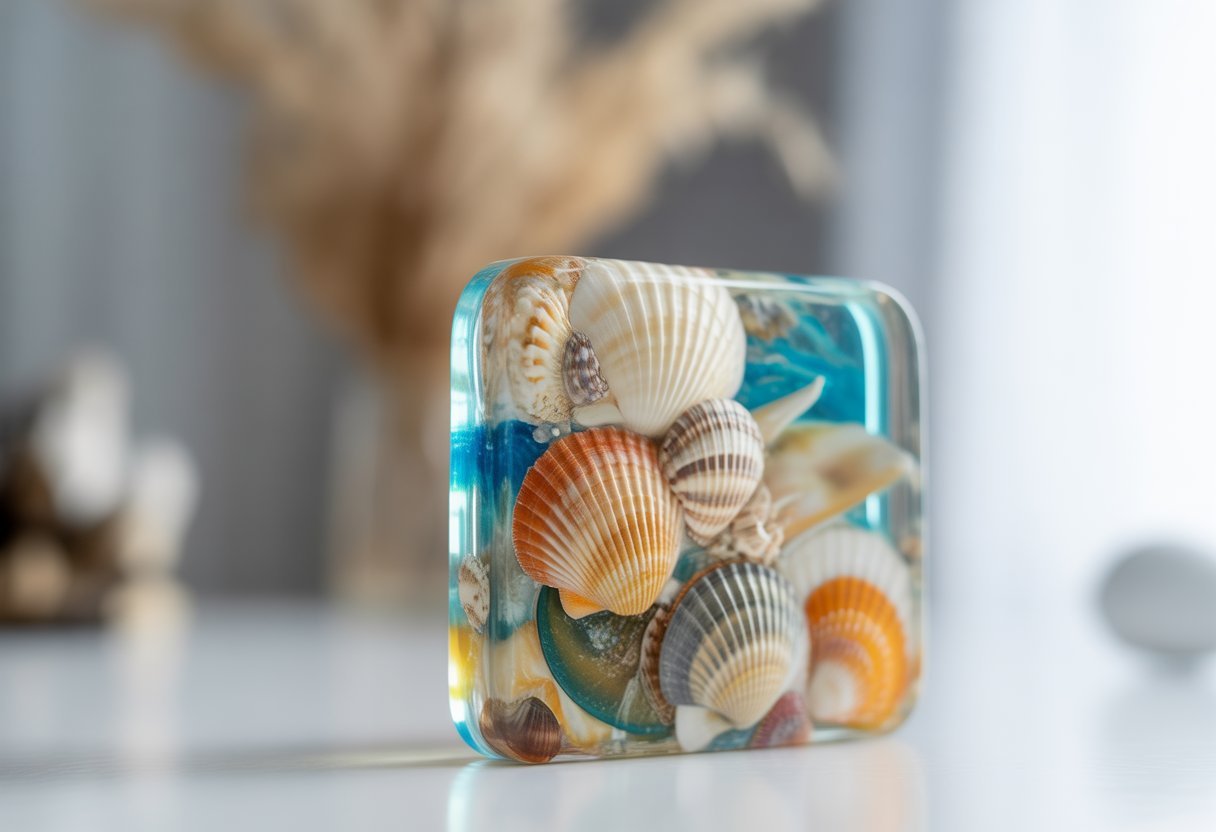

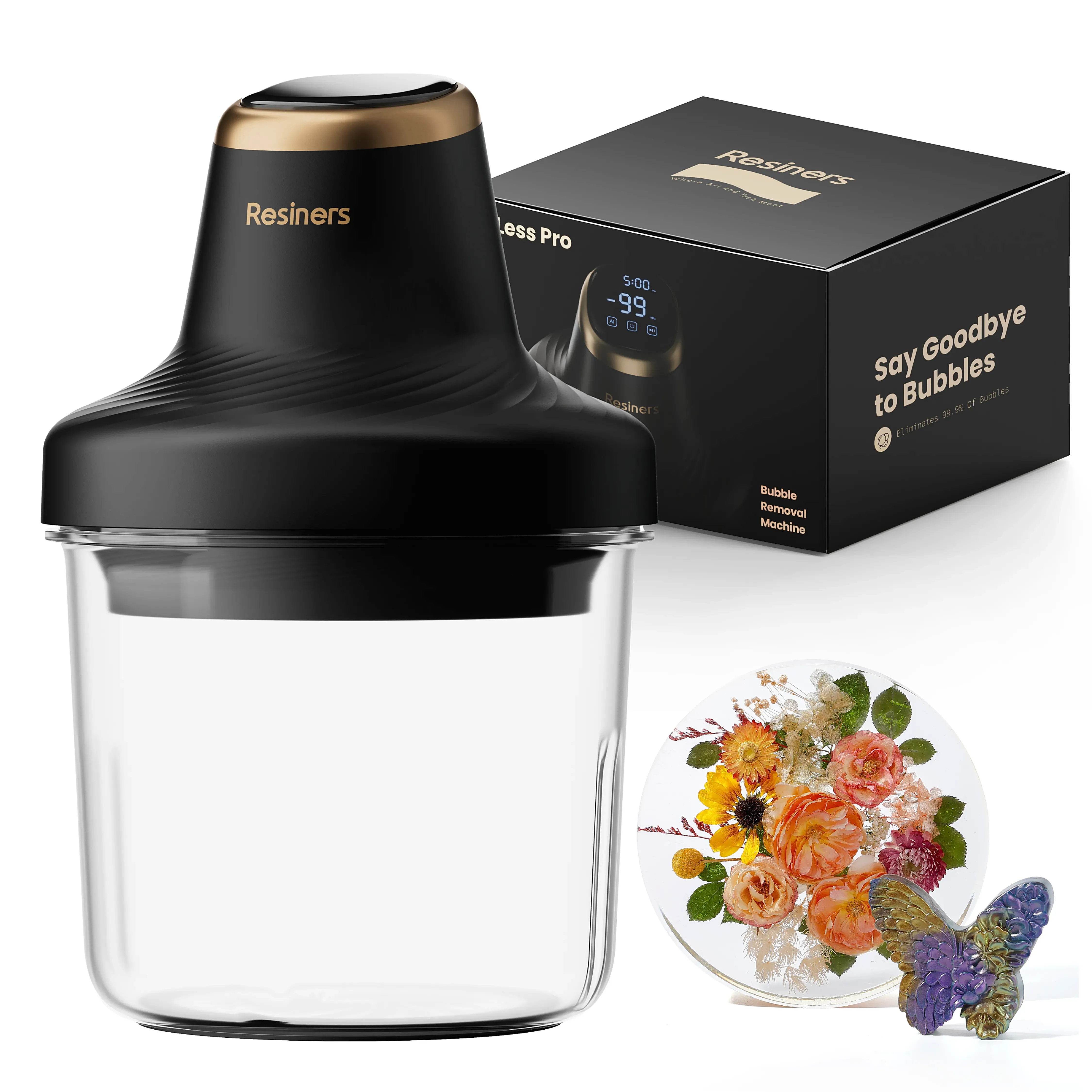

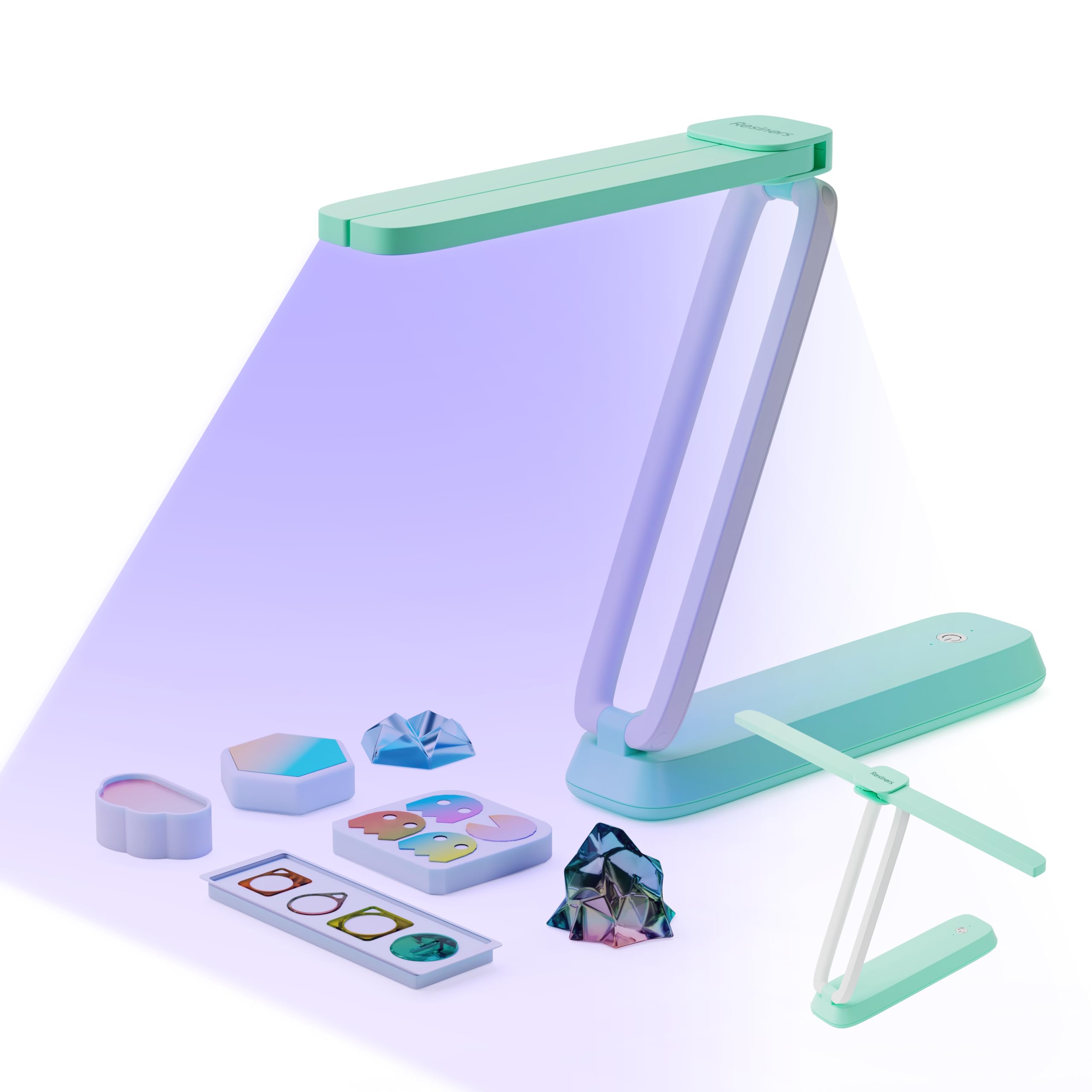

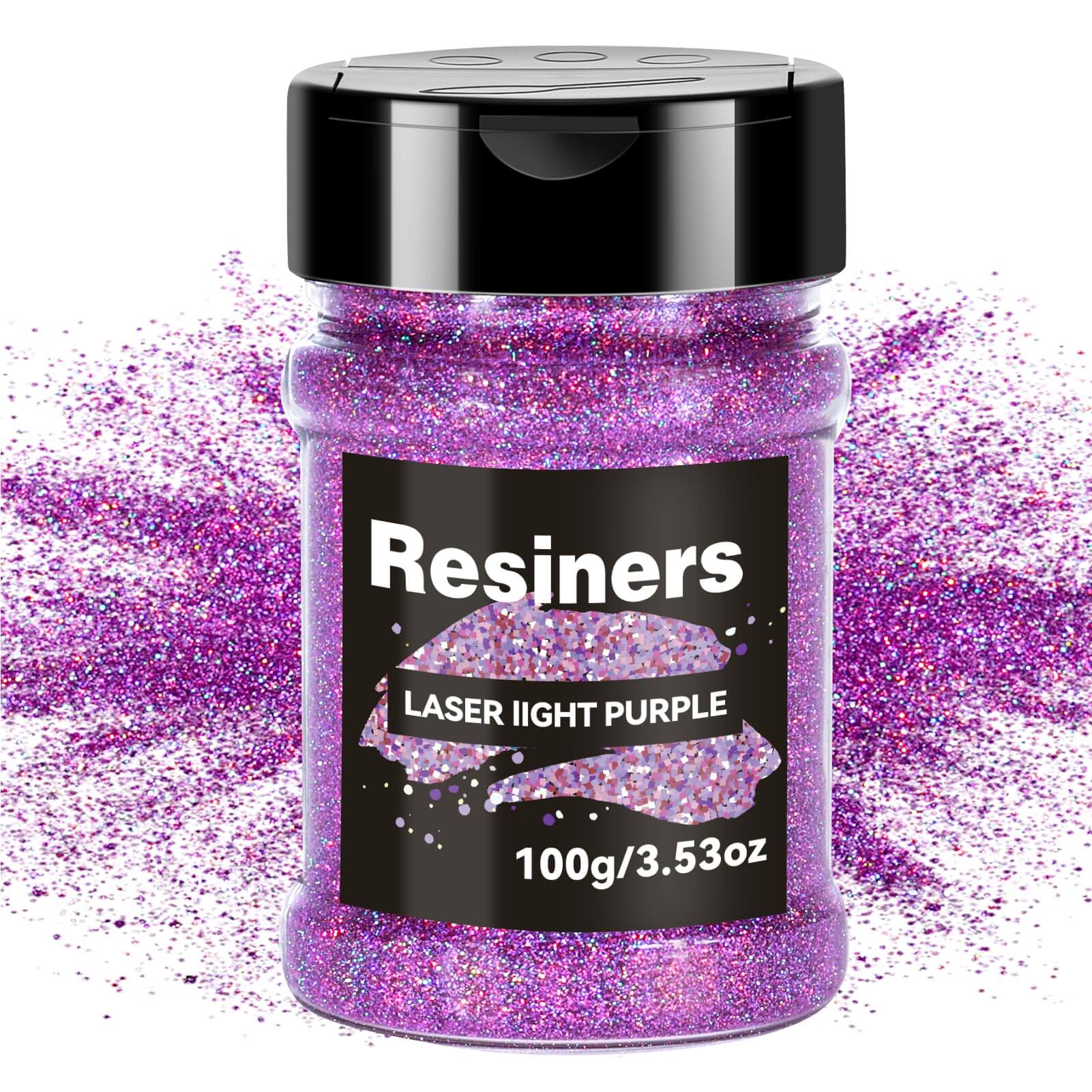
コメントを書く
このサイトはhCaptchaによって保護されており、hCaptchaプライバシーポリシーおよび利用規約が適用されます。